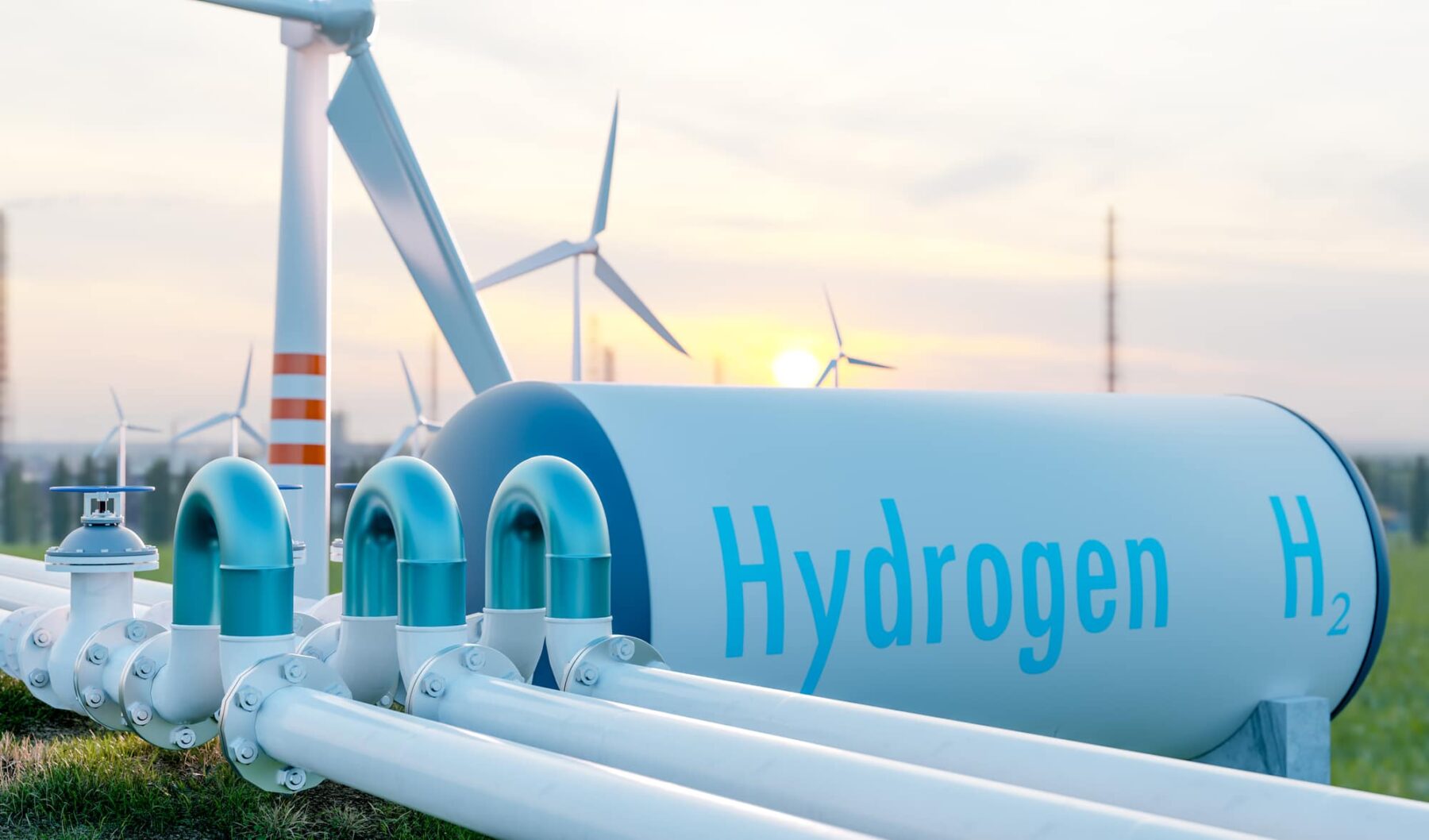The Council of Ministers has the proposal of the Ministry of Ecological Transition and Demographic Challenge (Miteco)” A Royal Decree to allocate and distribute 142.91 million euros on direct help of the recovery, transformation and resilience (PRTR) plan for the two Spanish projects chosen by the European Commission within the framework of the important European Common Interest Project (IPCEI) Hy2Move For the development of innovative solutions in technologies, components and processes for mobility and transport applications by Renewable H2.
The two beneficiary initiatives are those under the leadership of Airbus OSL y Evolution Synergetique Automotive SL. To the project HERMES by Airbus 117.67 million are granted, with which It will test various technological and industrial solutions for the safe introduction of green hydrogen in the implementation of zero aircraft emissions.
With this approach, the Hispanic-Franco-German Aeronautics Company is looking for Implement and validate new mobility applications in aviation” One of the transport sectors with the highest volume of emissions and more difficult to decrease.
For his part, the project Ah2hub From the Sevillian MKB Evolution Synergetique Automotive SL (EVO) inclusive R&D developments of a new generation of medium and heavy hydrogen vehiclesIn particular two types of buses and a tractor unit for airport facilities and logistics hubs. At 25.24 million, the Royal Decree sets the help that is provided to this initiative. In both cases, the funds are channeled by the Institute for Diversification and Energy Saving (IDAE)depending on Miteco.
They benefit from the Ipcei Hy2Move Germany, Slovakia, Estonia, France, Italy and the Netherlands
Together with Spain they benefit from Important interest project Common European Ipcei Hy2move Germany, Slovakia, Estonia, France, Italy and the Netherlands, for a total of 13 projects. The common goal is to promote Technological progress in creating a hydrogen value chain innovative and sustainable in the Mobility and transport sector per road, maritime, aviation, etc.By often placing European companies from different countries and working at different levels of the value chain.
Under the Specific challenges of this Important interest project Common European Ipce The development of elements of Innovative and high -quality fuel batteries, based on sustainable, sustainable, interoperable and profitable materials and techniques.
Also offer the next generation solutions for hydrogen storage on board and makes it possible to enable hydrogen production technologies to meet the specific requirements of mobility and transport applications, such as those with regard to purity and pressure.
Spain participates in both projects
It’s about it room Important interest project Common European Ipce green hydrogen Approved by Brussels in the past three years, within the strategic use of impulse to the industrial value chain of green hydrogen in the EU; From R&D to production and Use of this energy sector in the most difficult economic and productive activity sectors.
Spain also participates in two waves of Important interest projects Common European Ipcei previous from the committee – IPcei Hy2Tech and IPcei Hy2USE – with a dozen business projects This will contribute to creating a technological and industrial environment around the Green hydrogen European scale. The Spanish familiarity in this Important interest projects Common European Ipce It is a unique opportunity to position national industry in the competitive career of the Green hydrogenWhere other countries in our environment are already investing strongly.
In addition, the latter two Spanish initiatives bind to integrate renewable hydrogen in all areas of transport and mobility to the 12 national projects to which the Idae has awarded 37 million of Program 2 H2 value chain For him Design, demonstration and validation in green hydrogen supplement engines in trains, planes, coaches, ships and vehicles for agricultural and industrial use.
Public financing for these projects will allow Keep progressing in the construction of a solid green hydrogen economy, both on a community scale and in Spainaround the low -carbon process in the most polluting sectors and in industrial competitiveness in the Global use of renewable energy, where our country can assert its international leadership position.
Community interests
Loose Important interest projects Common European They deal with the identified market shortages, taking into account the common interests of the trade union. They enable Member States to work together and promote private initiatives to support avant -garde -innovation, limited by the great risks they imply, although on the one hand it is guaranteed that the EU economy jointly benefits from investments and, to, to The other, the possible disturbances of the competition are falling.
One of the requirements that projects must meet to be considered Important interest projects Common European Ipcemust significantly contribute to the strategic objectives of the EU, integrate different countries, jeopardize private financing of the beneficiaries of assistance and generating positive indirect effects in the Union.
Green hydrogen, a rural bet
In addition to the allocation of funds to three of the Important interest projects Common European Ipce community around this energy sector, Until now, the Miteco and the Idae have solved seven assistance calls of the PRTR -in the H2 pioneers and H2 value chain programs – And soon they will be allocated to 1,320 million (component 31) to the best projects selected in competitive agreement within the H2 Valles Incentive line for creating large renewable hydrogen clusters in integrated industrial environments.
Also with the aim of continuing to facilitate the development of a complete technological and industrial ecosystem of green hydrogen, the government approved the adhesion of Spain to the auction mechanism last November as a service (Auction-as-a-service) engaged by the European Bank of Hydrogen and the Innovation fund of the EU, which contributes between 280 and 400 million.
In total, calls worth 3,000 million have been launched, of the more than 3,150 million that the PRTR and its addendum allocate to the renewable hydrogen implementationIn conjunction with the provisions of the Perti Erha. More than a hundred projects linked to this new energy source, the key to the DerbonizationThey have already started throughout Spanish geography thanks to European funds.

